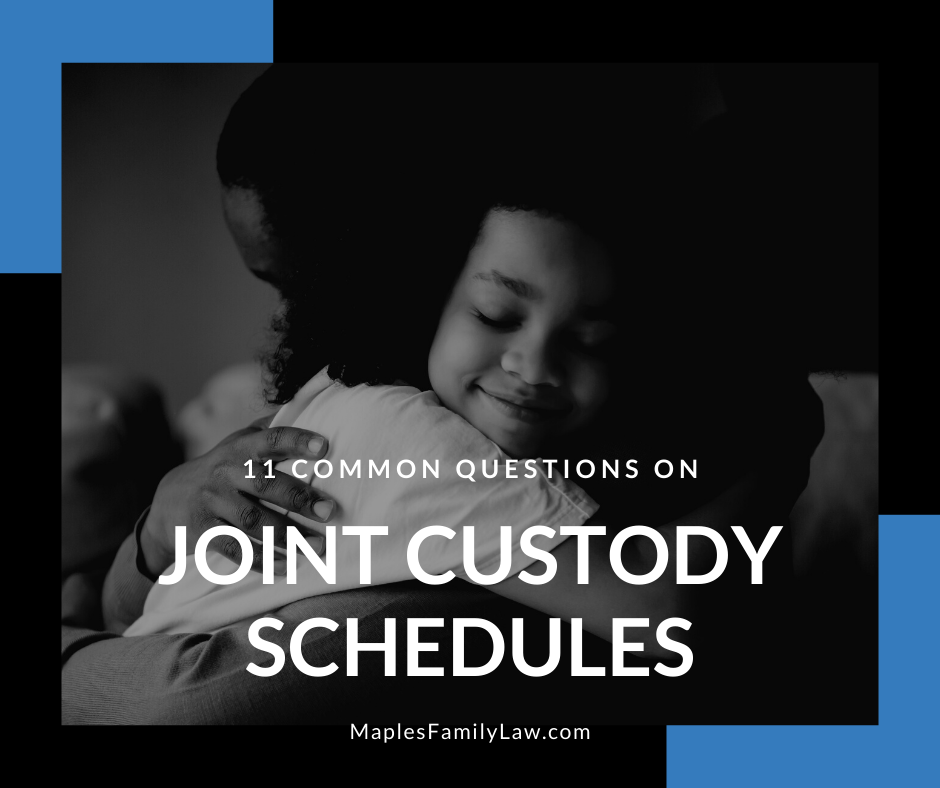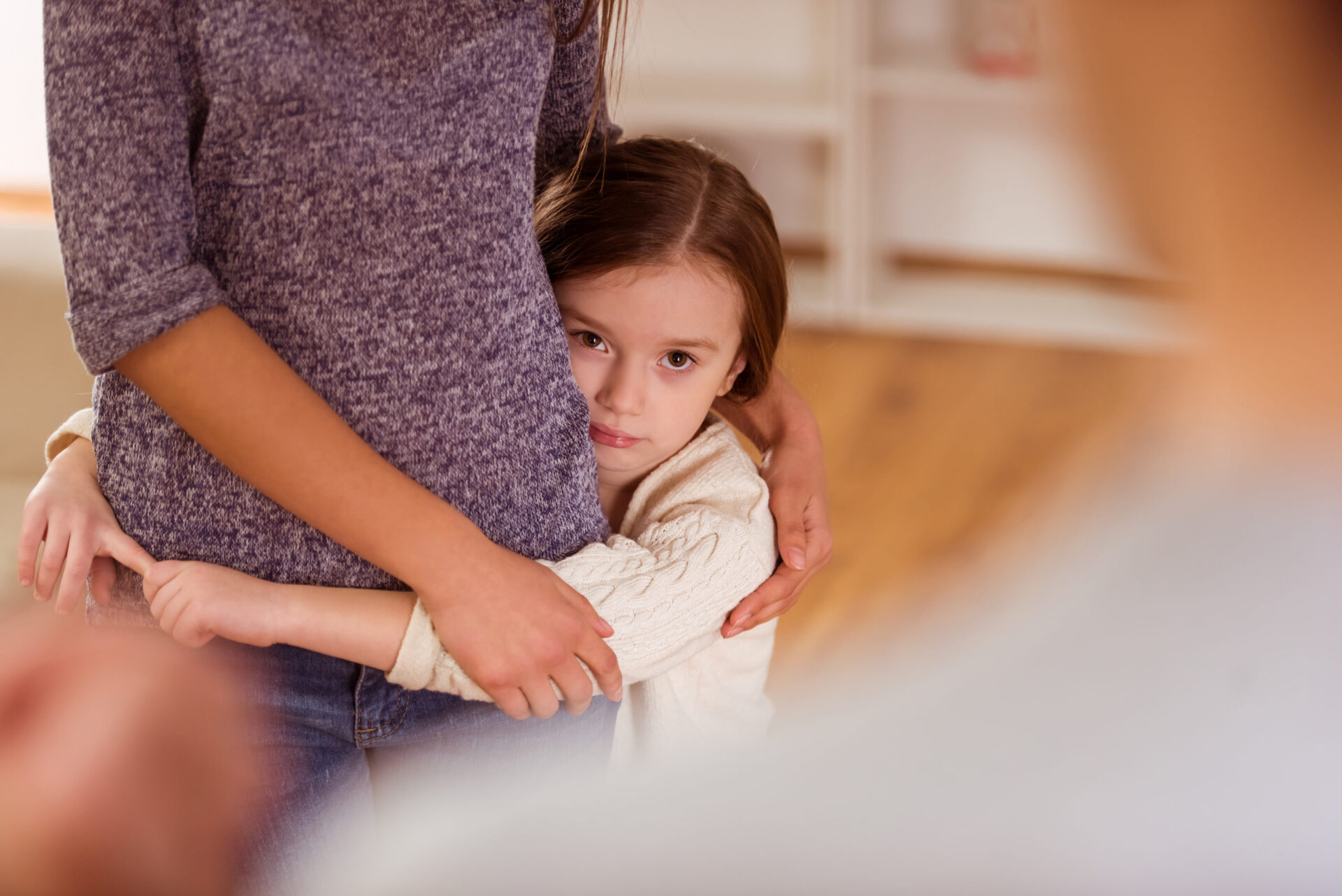 family-law
family-law
Grandparent Visitation
You love being a grandparent and want to keep being a part of your grandchild’s life, once their parents get divorced.
Unfortunately, in California, grandparents do not have any automatic rights to visitation with their grandchild; however, just because this process isn’t standard procedure, doesn’t mean you can’t ever get visitation.
California courts understand that grandparents can often play a key role in a child’s early and adolescent development, providing a meaningful bond that can enrich both sides of the relationship. Because of this, the courts are willing to grant grandparent visitation, in some situations.
Here’s what you need to know about filing for grandparent visitation in California, and what the Maples Family Law team can do to help you get the arrangement that’s best for your grandchild.
What is Grandparent Visitation?
Visitation is a critical part of child custody, and refers to the allotted time a non-custodial parent gets to spend with their child.
This in-person facetime is critical. It allows parents to cultivate a relationship with their child, and to influence how they’ll be raised—regardless of their relationship status—which is why the courts take it so seriously.
Unfortunately, visitation is a parental right, not a grandparent right. Meaning that—once the child’s parents get divorced—their custodial parent has no obligation to let you be a part of their life, anymore.
Despite this, there are some situations when California courts may grant grandparent visitation, if it’s in the child’s best interest. (Even if the parent disagrees.)
Who Qualifies for Grandparent Visitation?
In California, custody decisions are made according to a child’s best interest. This legal standard makes a child’s long-term health and well-being the driving force behind every decision made. As a result, judges aren’t necessarily interested in what parents want; instead, they’re focused on what’s best for the child.
Enter: grandparent visitation.
Remember that unique, grandparent/child bond we talked about, earlier? The court recognizes that this is a good thing—a relationship that not only benefited the child leading up to this moment, but one that will serve them well in the future, too.
Because of this, there are some situations when the court will grant grandparent visitation, if it’s in the child’s best interest.
When Parents are Still Married
Generally speaking, grandparent visitation is out of the question while parents are married, though—you guessed it—there are a few exceptions.
According to California law, judges are permitted to consider grandparent visitation (while parents are still married), if:
- The parents are separated;
- The whereabouts of a parent have been unknown for at least a month;
- One of the parents joins the grandparent’s request for visitation;
- The child doesn’t live with either parent;
- The child has been adopted by a stepparent; or,
- One of the parents is incarcerated or involuntarily institutionalized.
However, even if the court grants visitation under one of these scenarios, there’s still a catch: once the situation no longer exists, either parent can ask for a termination, and the court will be obligated to do so.
When Parents are Not Married
Far more common are visitation requests when parents are not married. This often occurs in the wake of a divorce, but can be relevant to unmarried parents, as well. In these situations, you initiate the process by filing a grandparent visitation petition with the court.
Things then go forward much like any other child custody process, with judges analyzing facts and making decisions based on what will ultimately be in the child’s best interest. Some of the factors analyzed in this process include:
- The child’s health, safety, and will-being;
- Any history of domestic abuse;
- Any history of alcohol or substance abuse; and,
- The relationship that exists between grandparent and child.
That last point is important. For visitation to be in your grandchild’s best interest, there actually must have been a preexisting relationship between you two.
In California, courts will not grant a grandparent visitation request, simply because you want the chance to start a relationship with your grandchild; one that was never there to begin with. Here, the amount of prior contact will be a very important factor in the judge’s decision.
How to File for Grandparent Visitation
Filing a grandparent visitation request is not for the faint of heart. This process does not favor grandparents. In fact, right from the start, the court will assume the position that you’re wrong, and the child’s parents are right. From there, it’ll be your job to prove that assumption is wrong.
And we won’t lie. That’s a high bar to clear.
For those grandparents who are up for the challenge, these steps will tell you what you need to know about filing for grandparent visitation in California.
Step 1: Is There an Open Case?
And by “open case,” we mean any current case that involves your grandchild in any way—be it adoption, probate, CPS intervention, or any otherwise.
If there is, you’ll want to start by filing your petition under that case. This requirement ensures that all relevant decisions about a topic are being made at the same time.
Step 2: Fill Out Paperwork
If there isn’t already a case open, you’ll need to initiate a new case.
To do that, start by collecting the necessary forms (which will include a Request for Order, and a Child Custody and Visitation Application). These documents will ask you to explain the type of visitation you want and why you want it.
Remember: the burden of proof is working against you, here, so you’ll want to provide as much detail as possible. The evidence you provide here sets the foundation for all future arguments, and will play a critical role at your hearing.
Step 3: Make Copies
When you file your paperwork, you don’t get it back. Hence, before you file, be sure to make a copy for your own personal records.
Additional copies will be needed, in order to execute proper service. Depending on how many relevant parties there are, that could mean anywhere from 2-3 extra copies, so make sure you have enough, before filing.
Step 4: File Your Paperwork
Family law cases are heard in county court, so you’ll need to file them at the courthouse for your jurisdiction. This will include a filing fee; however, if you can’t afford to pay it, you can always request a fee waiver.
Step 5: Notification
California law requires you to notify someone when you open a case against them. For grandparent visitation, this will likely mean the child’s parents—both biological, and/or adopted.
Notification must be done through proper service, otherwise it won’t be valid. This is typically carried out by hand-delivering copies of paperwork to everyone who is a party to the case. (Which is why you don’t want to skip step 3!)
Step 6: Settlement and Hearing
Once everything has been copied, filed, and delivered, you will likely be required to attend mediation with the child’s parents, to see if things can be resolved outside of court. If they can’t, your mediator will notify the judge, and you’ll be assigned a hearing.
At the hearing, both sides will present evidence to the judge. After hearing arguments and reviewing paperwork, your judge will decide whether or not to grant grandparent visitation.
Is Grandparent Visitation the Right Answer?
Grandparent visitation is often initiated when a stepparent (or another grandparent) adopts the child. In these situations, it may be in a child’s best interest for the relationship to continue, while allowing parents to retain custody.
However, what happens when this isn’t enough?
When a child is removed from their home because of domestic violence, neglect, or abuse, the court’s first priority is to keep the family together, whenever possible. If this can’t happen, they may want to assign the child a permanent guardian, or even adopted parents.
A trusted grandparent is often the best solution for the child in these situations. Hence, if you’re able (and willing) to care for your grandchild, you may want to consider more than visitation… you may want to consider custody.
If this is something you’re interested in, an experienced, California family law attorney can help you figure out your next steps.
Do You Need Help with Grandparent Visitation in California?
Few things in life are more rewarding than becoming a grandparent, and it’s a relationship we want to help you preserve.
For more questions about grandparent visitation in California—and how that might work in your situation—we want to hear from you. Call Maples Family Law at (209) 989-4425, or get in touch online, and let us help secure the best future for your grandchild.

